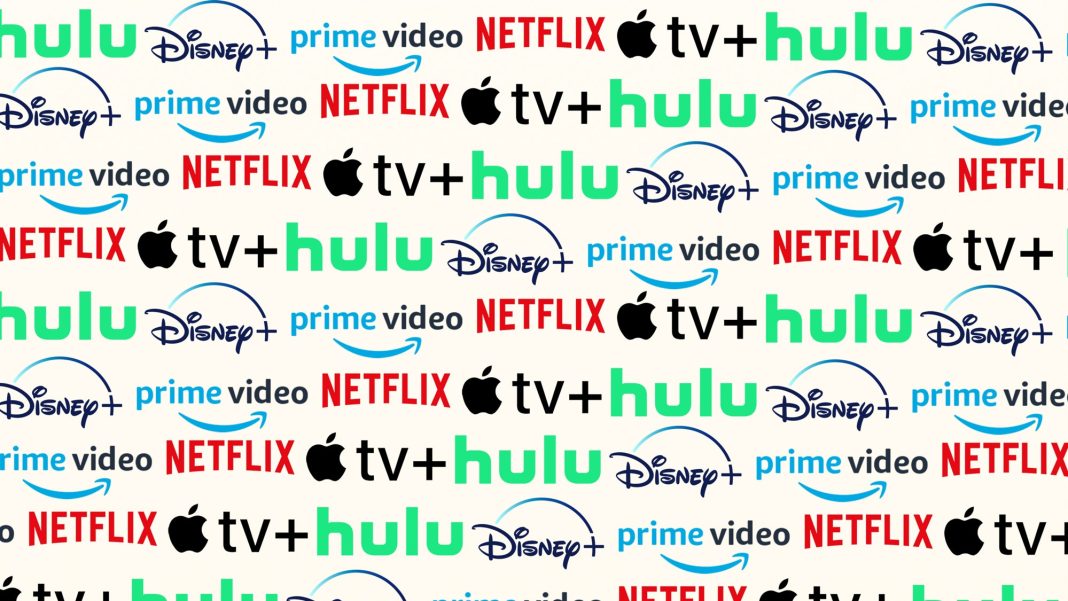 ## The Consumer Backlash Against Higher Prices
## The Consumer Backlash Against Higher Prices
Consumers across the United States are expressing their frustration and anger over rising prices. From Walmart to Chipotle, many well-known brands are feeling the heat as customers voice their concerns about the increasing cost of goods and services. This wave of consumer outrage has prompted companies to respond by offering discounts, promotions, and value meals to prove that they are still providing the best deals.
One of the main issues that consumers have is deceptive pricing. Jean-Pierre Dubé, a professor of marketing at the University of Chicago Booth School of Business, explains that customers are fed up with being tricked by hidden fees, smaller product sizes, and other tactics that make them feel ripped off. This frustration has reached a boiling point, according to Dubé.
However, retailers argue that consumer perception is skewed. Grocery prices have only risen by 1% in the past year, but food at home prices have increased by more than 24% since May 2019. Other costs such as electricity and rent have also gone up, putting a strain on consumers’ wallets. Despite this, consumers’ buying power has increased due to cooling inflation and a strong job market.
The issue of rising prices has become a significant concern for many Americans. In a Pew Research Center survey, 62% of U.S. adults stated that inflation was a “very big problem in the country today.” This percentage has remained steady, even as inflation cools. Former President Donald Trump has blamed President Joe Biden for inflation, while Biden has accused companies of greed.
## The Rise of Shrinkflation and Consumer Anger
One particular practice that has caught consumers’ attention is shrinkflation – the act of reducing the size of a product without reducing its price. This has become a household phrase and a source of frustration for many shoppers. Examples such as Gatorade reducing its bottle size while keeping the same price and Walmart cutting the number of sheets in its paper towel rolls without reducing the cost have fueled consumer anger.
Awareness of shrinking portions has even led to backlash against popular chain Chipotle. Customers believed that their burrito bowls were getting smaller and began filming workers to prove it. However, an analyst from Wells Fargo conducted a study and found that the weight of the burrito bowls varied based on location, indicating that consistency, not shrinkflation, was the issue.
While some may argue that the feeling of paying more and getting less is subjective, it has become a common experience for consumers. For example, the cost of a cookout for 10 people on July 4th has increased by 5% from last year and 30% from 2019.
## Pushback Against Dynamic Pricing
Another source of consumer outrage is the possibility of dynamic pricing. Wendy’s faced backlash after its CEO suggested that the burger chain may implement dynamic pricing, which adjusts menu prices based on demand. However, Wendy’s clarified that it had no plans to raise prices during peak demand and blamed misleading media reports for the uproar.
Likewise, Walmart received criticism over its rollout of digital shelf labels that allow for quick price changes. Some consumers saw this as a step towards dynamic pricing and expressed their concerns on social media platforms like TikTok. However, Walmart clarified that these labels were meant to streamline store operations and that all price changes would still be approved by the merchandising team.
While consumers may view dynamic pricing as a way for companies to take advantage of them, Dubé suggests that it can have positive effects as well. For instance, in Europe, some grocery stores lower prices towards the end of the day to reduce food waste. If implemented correctly, dynamic pricing could result in lower prices for customers during slower times.
## Companies Respond with Price Cuts and Value Meals
To address consumer frustration and win back customers, many retailers and restaurants have started offering price cuts and value meals. Walmart has rolled back prices on nearly 7,000 food items, while Whole Foods has reduced prices on about 25% of its products. Fast-food chains like McDonald’s, Starbucks, and Burger King have also introduced new value meals.
Consumer packaged goods companies are also joining in on the trend. Mondelez, the company behind Oreos and Clif bars, is planning promotions and price cuts to attract consumers who have been opting for cheaper private-label options. Kroger has noticed an increase in brands offering discounts to drive volume, similar to pre-pandemic levels.
Although these efforts may help alleviate consumer outrage, only time will tell if they are successful in rebuilding trust and loyalty. As the deals and discounts take hold, companies hope that they can regain favor with customers and ease the burden of rising prices.


